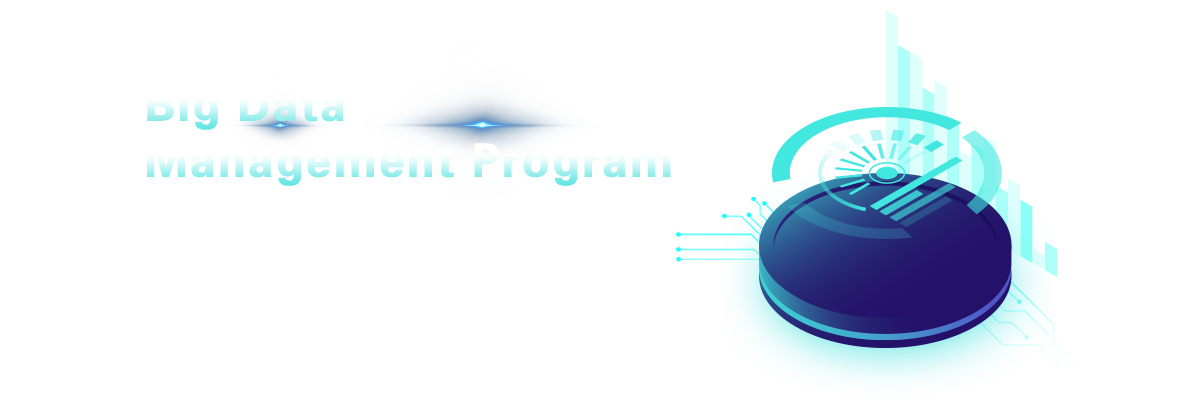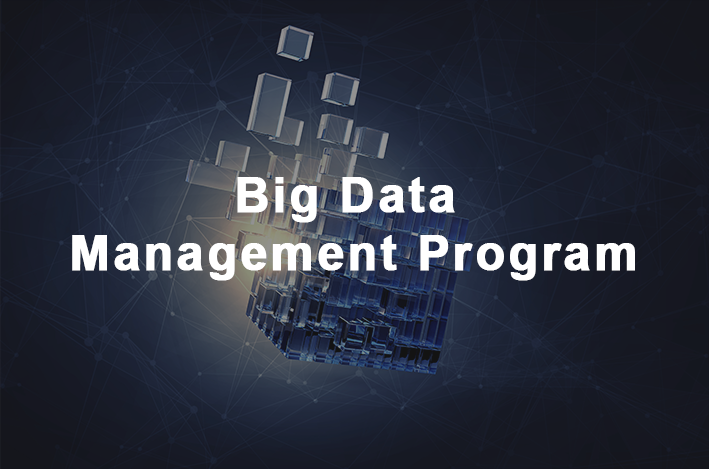

Background
Data is the most complex enterprise asset, which is continuously generated every day. Raw data generated by different business systems lacks a unified business context and is prone to forming data silos.
Has your company encountered any of the following problems when processing data:
1.Data sources are dispersed and cannot be effectively linked; traditional inter-system data exchange is time-consuming and labor-intensive and cannot achieve real-time response. For exmple:
SAP: Finance, Budget, Cost, Asset, Supply Chain Management and OA System Enterprise Management.
No real-time data linkage between offline POS systems and online e-commerce.
2.Lack of standardization of data interfaces between systems and poor system scalability
Data access is more dependent on procedures for individual systems, and separation of data and procedures has not been implemented. Access to external systems does not provide standardized interfaces to enable rapid interfacing.
3.Data quality is difficult to control
Lack of harmonized standards across multiple systems and insufficient standardization of data Difficulty in cross-system data validation,
The data is not accurate enough, and there is no data integration, which makes it difficult to centrally manage the long data link,
Many nodes, and it is difficult to trace the source,
4.Deep data mining is not easy
The effectiveness and accuracy of data analysis are affected, and the scalability of the analysis model is not high.


Overview
1.The data exchange platform (Data Hub) solution is a comprehensive service and management platform for data resources that covers data collection, combing, management, service, and application.
2.Following the concept of unified, intensive, and efficient data development and utilization, through research, establish a multi-level exchange management system, and ‘logically centralize’ the organization of data resources between various systems according to the ‘one data, one source’ principle to improve data quality and effectively address phenomena such as ‘data islands’ and 'data silos.
3.By taking applications as the starting point, we can further open up the data flow, meet the multi-faceted and multi-level data needs of the organization’s systems, and promote the sharing of data and information resources across the organization’s systems and further improve the organizational process.
4.Standardized data access interface definition fully meets the needs of system scalability and third-party data access sharing within the organization, and opens the pathway between inside and outside the organization.


Features
1.The data exchange platform provides multi-level data exchange such as data layer and application layer, and provides a variety of exchange methods based on file, database, and application layer. The stability and performance of the system have been applied in many retail enterprise groups, governments, banks, and power grids。
2.The platform is designed with a unified management bus and security bus interface, adopts a ‘plug and play’ management model, and has the characteristics of plug and play, which can be quickly and dynamically deployed and integrated for newly expanded adapters.
3.The components are loosely coupled, new modules added to the system can be shared by multiple subsystems by simply configuring them in one place.
4.Powerful data correctness monitoring and data governance tools fully ensure the credibility of data, improve the quality of data, and lay a solid foundation for data mining, data analysis, and data decision-making


Value
1.Promote the integration of data resources within each system of the customer, and grasp the overall operation of the business in real time.
2.Promote the integration of customer data across organizational systems, comprehensively promote the open sharing and application of data, facilitate the progressive optimization of business processes.
3.Harmonize data definitions to form a unified data management platform. Quickly locate correct and credible data to ensure data quality.
4.Provide complete and unified data maps to assist customers in data asset management.
5.Mining the value of data to provide decision support.
6.Realize the rapid docking of data exchange with third-party platforms and applications, and respond to changes in external markets and business models in a timely and rapid manner.


Case
For Amorepacific, the largest cosmetics brand in South Korea, we built a data cluster management platform for its new generation sales system under the brand ‘innisfree’ It was successfully launched and is responsible for maintaining the membership data center with 14 million members, as well as managing sales data and coupon data Learn more

